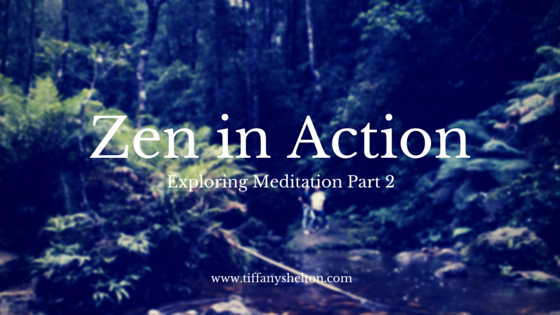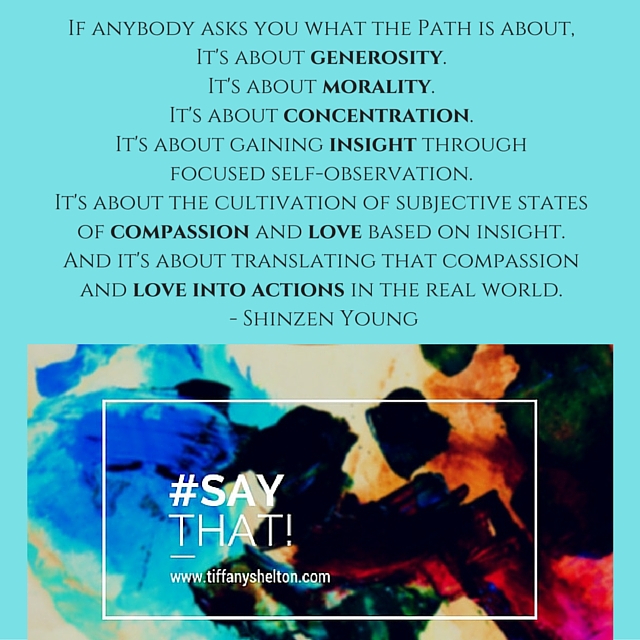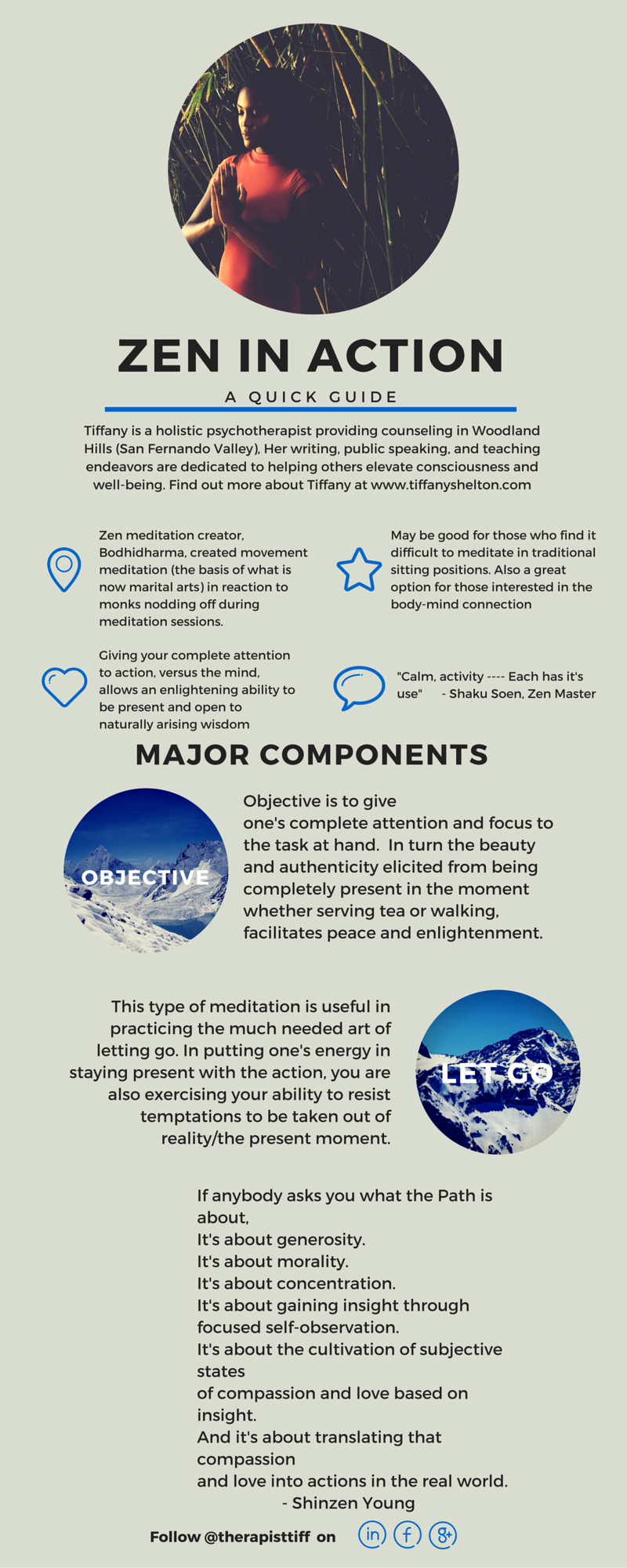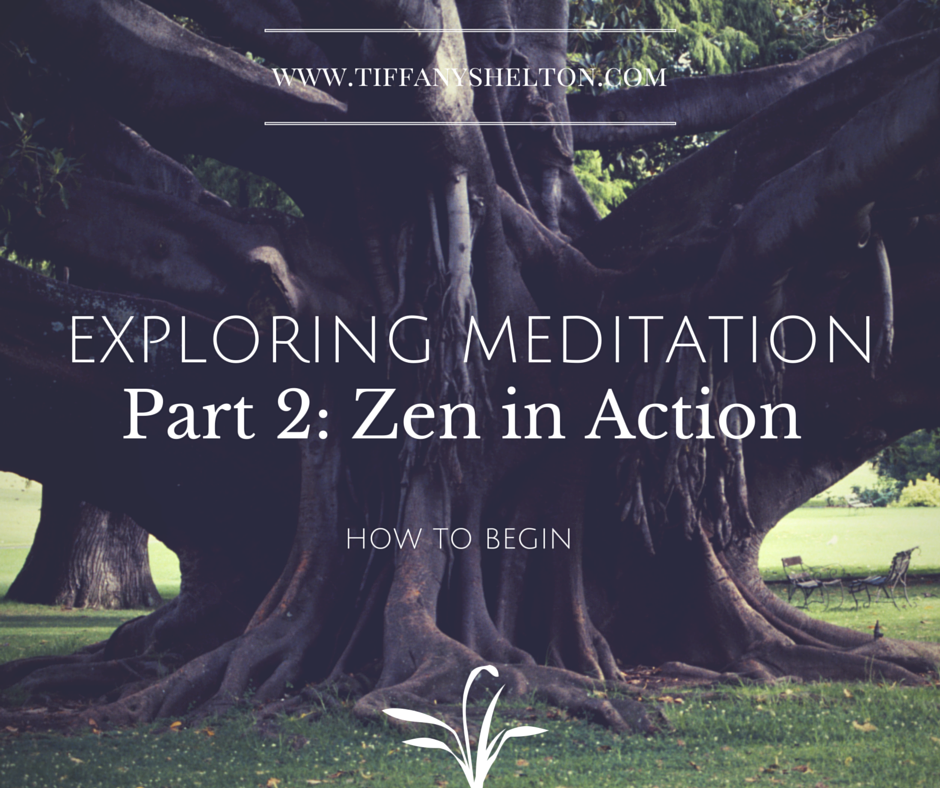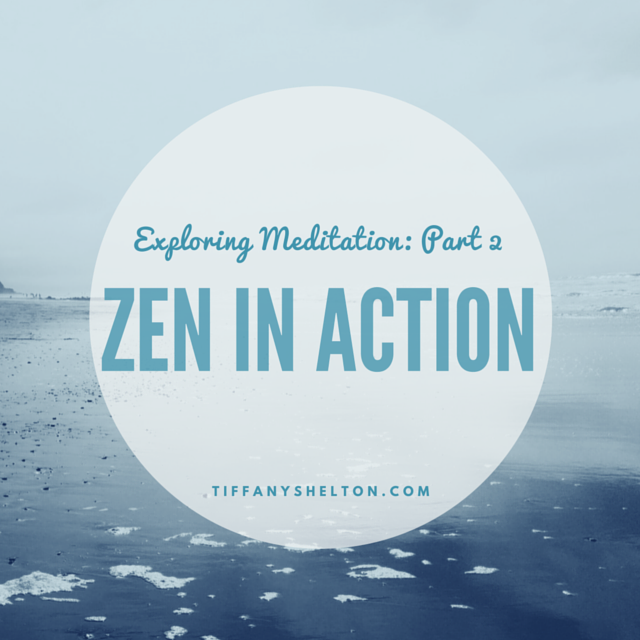Exploring Meditation:
A Learner’s Guide to Different Forms of Meditation
- Have you wanted to start a meditation practice but can’t get it to stick?
- You may just have not found the right type of meditation for you.
- Or are you a therapist or healer and want to learn more about meditation to use with your clients?
- Meditation is not one size fits all, and individualizing meditation techniques to fit your client’s needs is optimal for healing
Indian guru, Osho, said “Happiness happens when you fit with your life. When you fit so harmoniously that whatsoever you are doing is your joy. Then suddenly you come to know that meditation follows you. If you love the work you are doing, if you love the way you are living, then you are meditative. It is deemed that happiness comes when one is meditative. It is just the other way around. One is meditative when one is happy.” Zen in Action is a meditation focused solely on this type of happiness and peace.
Zen in Action meditation takes from the central tenet of Zen meditation; which is “zen” is found in action, not in thought. The roots of this meditation allow one to find the art and peace in any action, from walking, to serving tea, to war (i.e. Samurai warriors). In our modern times, I like this meditation because I find it an easy way to stay present in my daily life. With all the demands of life and ambition, one can easily go through the motions of life without truly experiencing their life or being present. By consciously taking meditative moments to focus all of one’s attention on the task at hand, insight and peace are allowed to flow in new ways: ways that can only be felt by being absolutely immersed in the present moment.
In Zen meditation, zen in action is a form of samu, or work practice. The intention of samu is to bring awareness and consciousness into everyday actions and life to further enlightenment and peace. Here is a Quick Guide for more information:
Resources to Learn More
Book: Meditation in Action: by Chogyam Trungpa
Book: Meditation the Complete Guide by Patricia Monaghan and Eleanor Viereck
Link: Meditation Oasis
Zen in Action: How to Begin
- When starting this meditation, it is suggested to allot a time frame with no other obligations. It is helpful in the beginning to allow yourself the freedom to practice this meditation without interruptions.
- Pick an activity that brings you joy like walking or drawing. Regardless of the action, start by centering yourself and body by bringing your attention inward and scanning your body to become more aware of your current state. For example, if drawing get yourself comfortable and become aware of feeling state of just sitting with the pencil and paper.
- Next, begin your activity with as much slow movement as possible. Take time to note any physical sensations. Take time to be aware of cognitive and physical sensations or your desire to become attached to any of these sensations. By continuing to move, albeit slow, you are beginning the practice of insight without attachment, by noticing yet moving on with the action.
- Resist distractions, keeping in mind that your objective is to be present with the experience of completing the action. For example, with drawing do not let yourself get attached to thought and choices, but instead move organically and intuitively, listening to your body and spirit. If you notice your mind wanting to wonder or attach itself to something, gently resist and continue in your action. For activities like waling, allow the slow movement to happen naturally without force or objective. Notice your tendency to hurry and gently practice letting go of such intentions.
- Above all try to stay engaged with your process, and present to your work practice. See if you can become an observer of yourself completing the action all the while staying engaged in the practice. As intuitions and insight flow, honor this enlightenment without attachment or judgment. Ultimately the goal is to simply attend to the task at hand, simple yet very complex in application.
- If you have a racing mind like myself and fear losing your thoughts/insight that come to you during meditation, I find it helpful to keep a meditation journal to write in after each session. This way the pressure to remember is obsolete and allows you focus on the moment at hand.
Happy Meditating
Be sure to sign up for my newsletter so you won’t miss out on the rest of the series!
Sign up on right side of page

